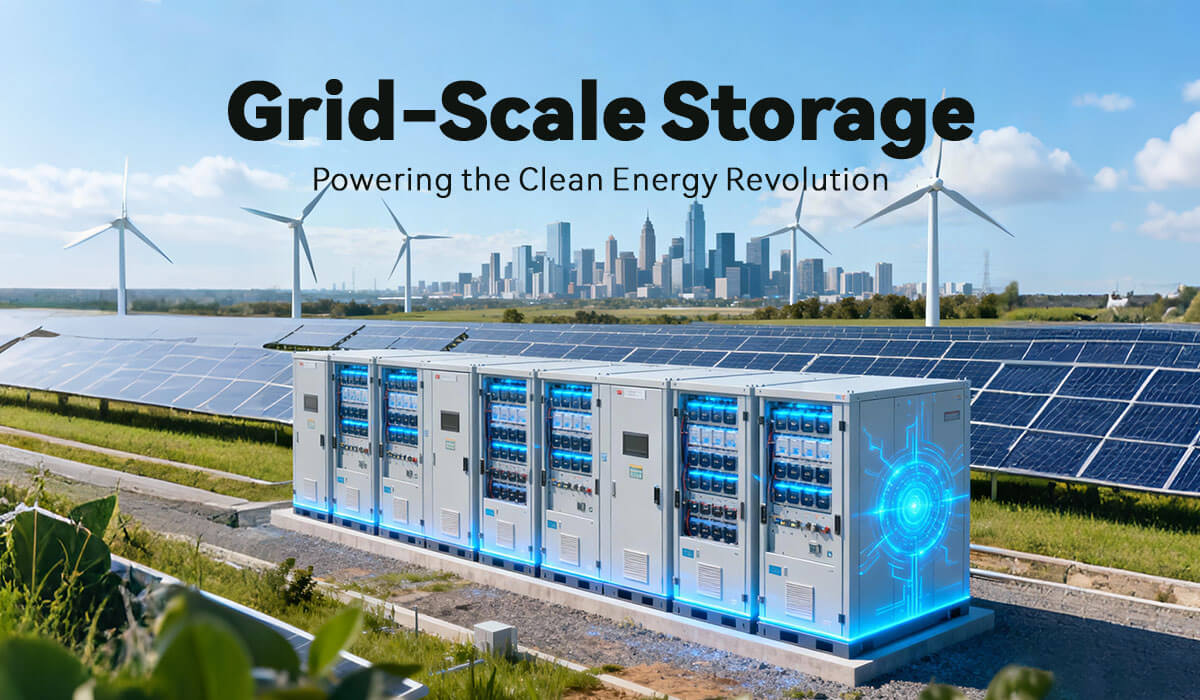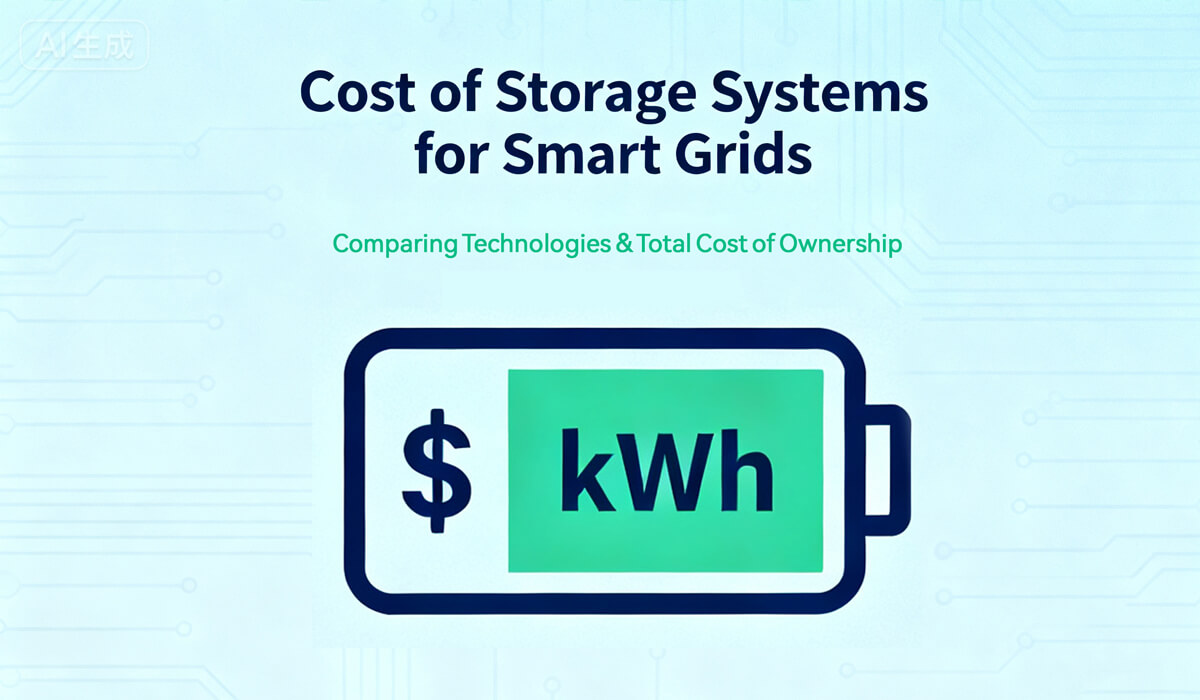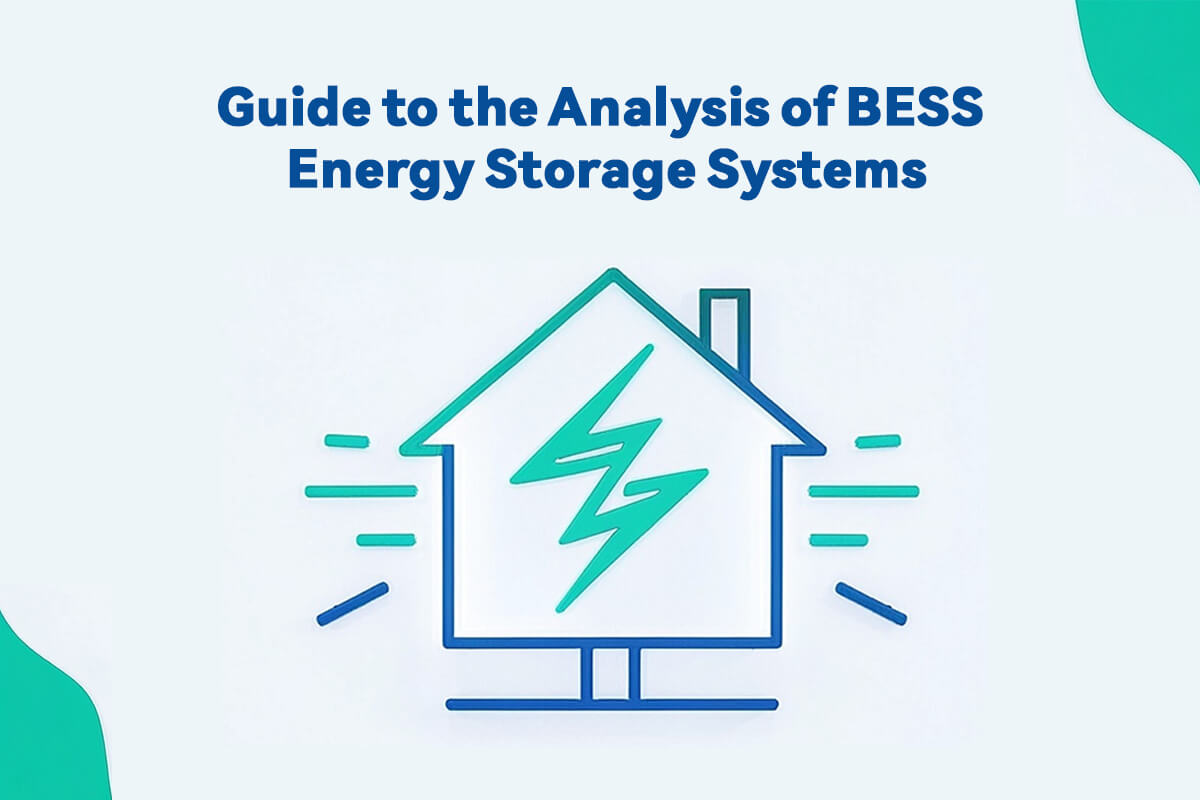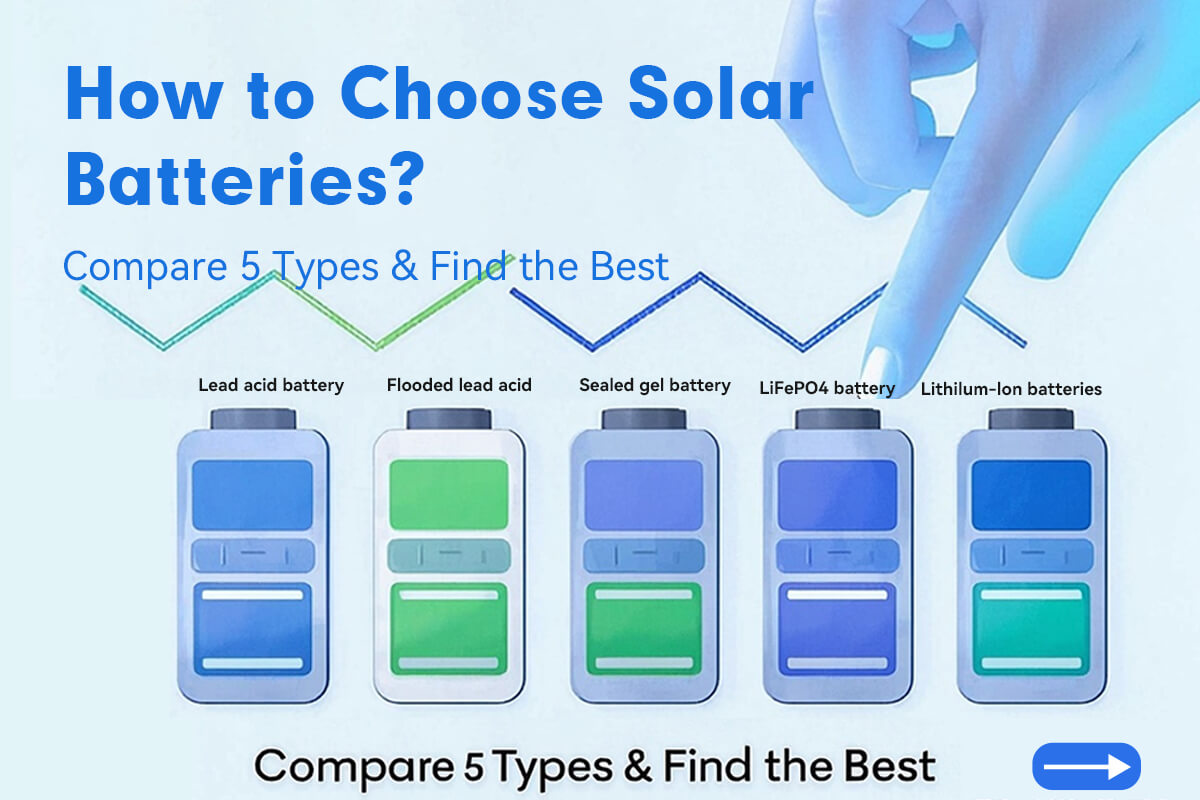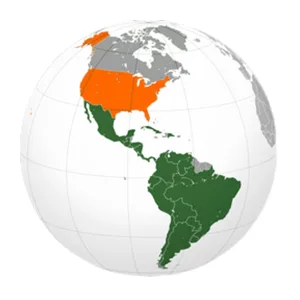Ten Factors Affecting the Power Generation of Solar Photovoltaic Power Plants
Ten Factors Affecting the Power Generation of Solar Photovoltaic Power Plants
1. Solar energy resources
When the actual installed capacity of the photovoltaic power station is constant, the power generation of the photovoltaic system is determined by the intensity of the sun’s radiation, and the amount of solar radiation is positively correlated with the power generation. The radiation intensity and spectral characteristics of the sun change with the meteorological conditions.
2. Component installation method
The radiation amount of the inclined surface at different installation angles in the same area is different, and the radiation amount of the inclined surface can be increased by adjusting the inclination angle of the battery panel (the bracket adopts a fixed and adjustable type) or installing tracking equipment (the bracket adopts a tracking type).
3. Inverter capacity ratio
Inverter capacity ratio refers to the ratio of the rated power of the inverter to the capacity of the photovoltaic modules.
Since the power generation of photovoltaic modules is transmitted to the inverter, there will be many links in the middle that will cause reductions, and most of the equipment such as inverters and box transformers cannot achieve full-load operation. Therefore, the capacity of photovoltaic modules should be slightly larger than Inverter rated capacity. According to experience, in areas with good solar energy resources, photovoltaic modules: inverter = 1.2:1 is the best design ratio.
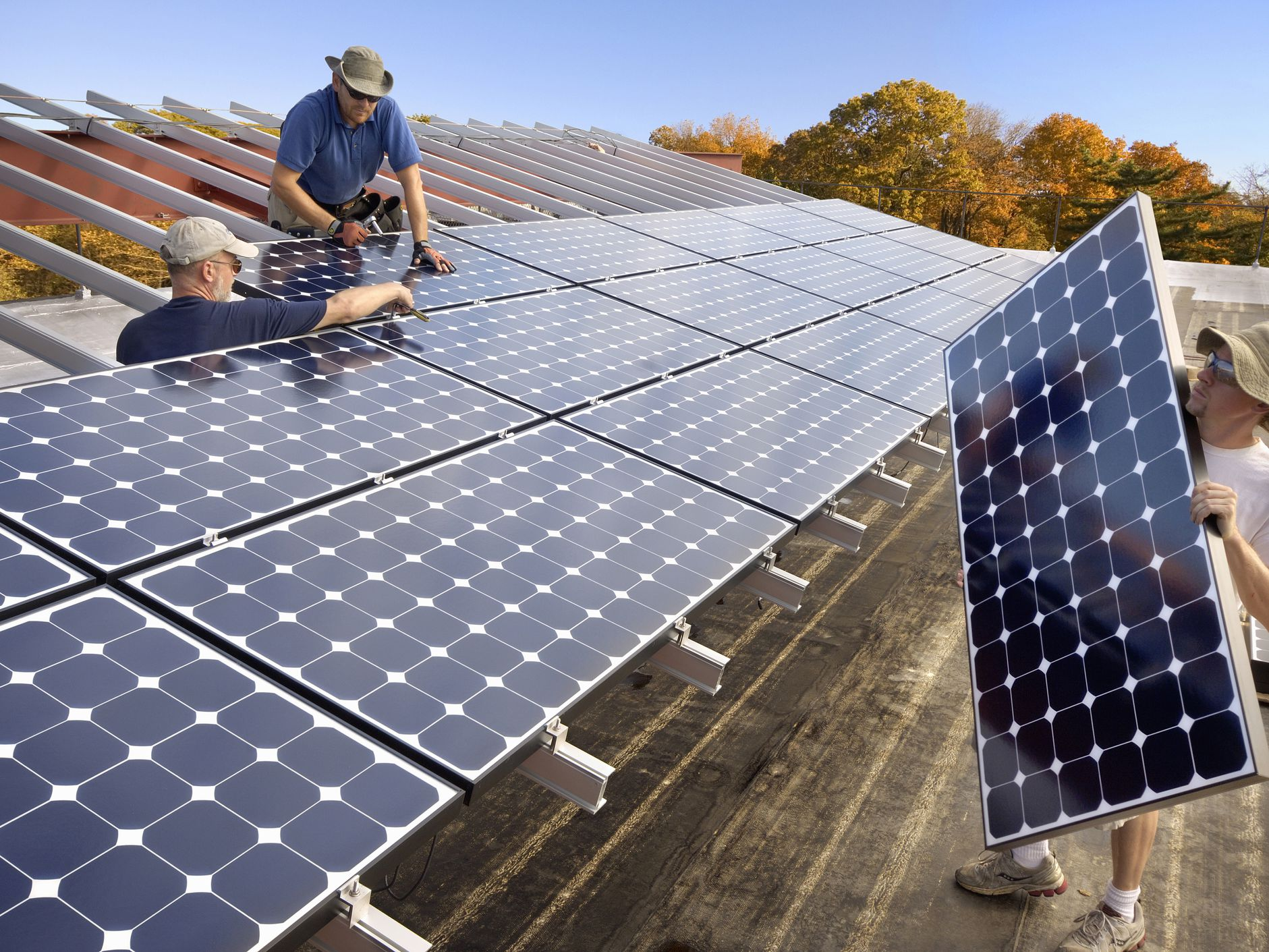
4. Components are matched in series and parallel
The series connection of components will cause current loss due to the current difference of the components, and the parallel connection of the strings will cause voltage loss due to the voltage difference of the strings.
In CNCA/CTS00X-2014 “Technical Specifications for Performance Testing and Quality Evaluation of Grid-connected Photovoltaic Power Stations” (Draft for Comment): It is required that the maximum mismatch loss of modules in series should not exceed 2%.
5. Component occlusion
Component shading includes dust shading, snow shading, weeds, trees, battery panels, and other buildings. Shading will reduce the amount of radiation received by the module and affect the heat dissipation of the module, resulting in a decrease in the output power of the module and may also cause heat dissipation. spot.
6. Module temperature characteristics
As the temperature of crystalline silicon cells increases, the open circuit voltage decreases. In the range of 20-100 ° C, the voltage of each cell decreases by 2 mV for every 1 ° C increase; while the current increases slightly with the increase of temperature. In general, the power of the solar cell decreases as the temperature rises, and the typical power temperature coefficient is -0.35%/°C, that is, the power decreases by 0.35% for every 1°C increase in the battery temperature.
7. Component power attenuation
The attenuation of the module power refers to the phenomenon that the output power of the module gradually decreases with the increase of the illumination time. Component decay is related to the characteristics of the component itself. The attenuation phenomenon can be roughly divided into three categories: sudden attenuation of component power caused by destructive factors; initial light-induced attenuation of components; aging attenuation of components.
CNCA/CTS00X-2014 “Technical Specifications for Performance Testing and Quality Evaluation of Grid-connected Photovoltaic Power Stations” The attenuation rate of polysilicon components within 1 year shall not exceed 2.5%, and the attenuation rate within 2 years shall not exceed 3.2%; the attenuation rate of monocrystalline silicon components within 1 year shall not exceed If it exceeds 3.0%, the decline within 2 years should not exceed 4.2%.
8. Equipment operation stability
The downtime of equipment failure in the photovoltaic power generation system directly affects the power generation of the power station. For example, if the AC equipment above the inverter fails and shuts down, the power loss will be huge. Additionally, power loss can result from devices that are running but not operating at peak performance.
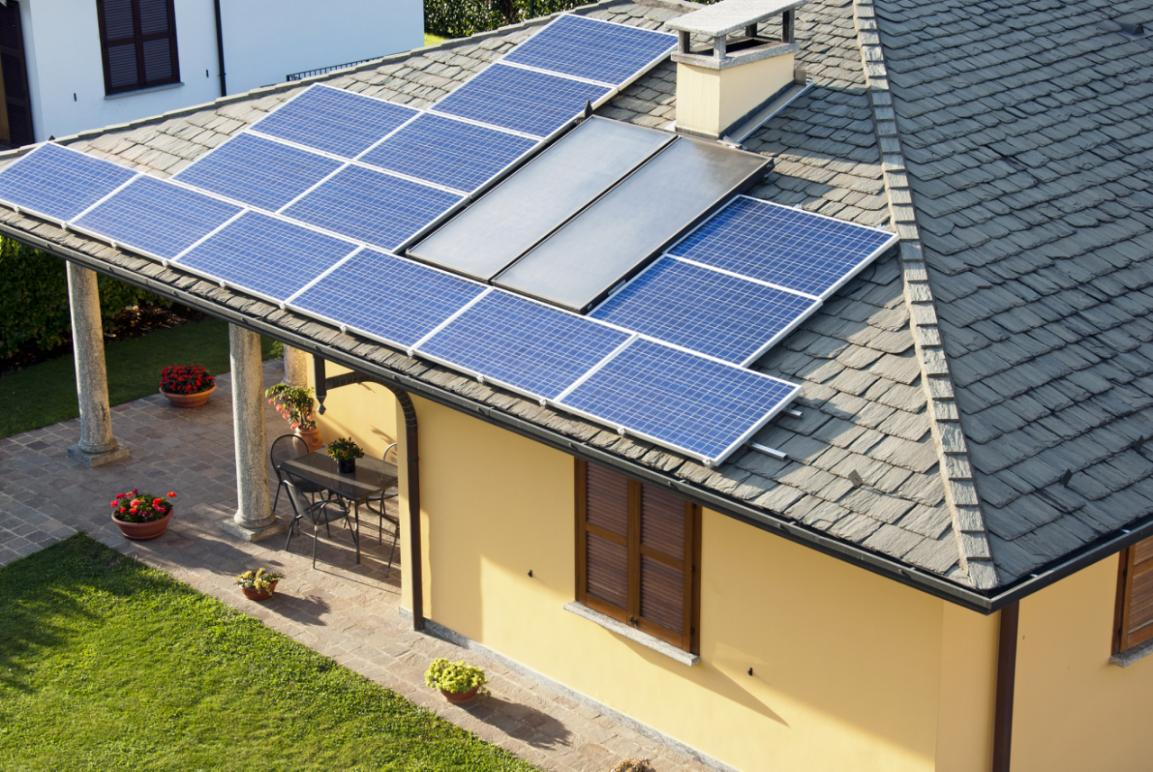
9. Routine maintenance
Routine maintenance and overhaul is a must for the power station. Arranging the overhaul plan can reduce power loss. The power station should reasonably set the maintenance time according to its own situation, and at the same time, it should improve the work efficiency of maintenance and reduce the loss of power generation due to normal maintenance and maintenance of the power station.
10. Grid consumption
Due to grid consumption, grid dispatching in some areas requires photovoltaic power plants to operate with limited power.
Summarize
Factors affecting the power generation of photovoltaic power plants include solar energy resources, module installation methods, inverter capacity ratio, module series-parallel matching, module shading, module temperature characteristics, module power attenuation, equipment operation and maintenance stability, routine maintenance and grid consumption. These factors affect the power generation of the power station to varying degrees.

